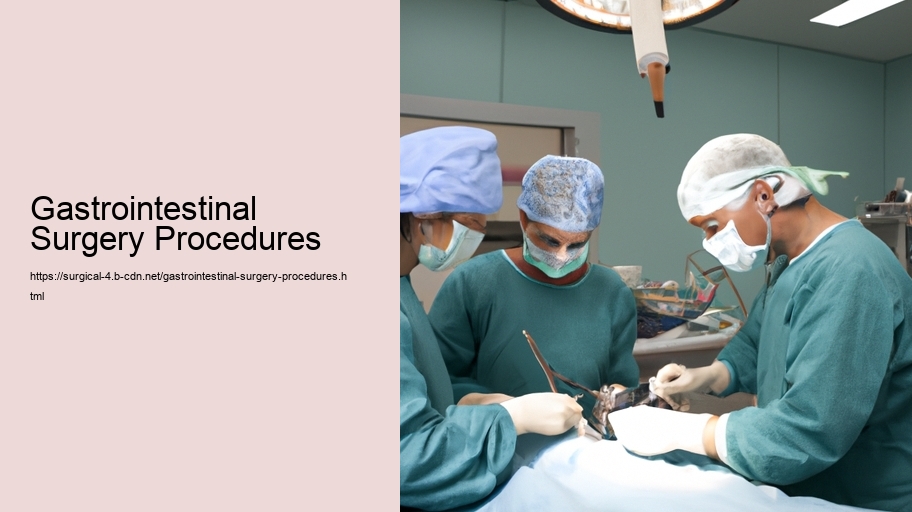Gastrointestinal surgery procedures encompass a diverse range of operations aimed at diagnosing, treating, and managing conditions affecting the gastrointestinal (GI) tract. This intricate system, which includes the esophagus, stomach, small and large intestines, and rectum, is responsible for digesting food, absorbing nutrients, and expelling waste. Surgical interventions in this area of medicine are intricate and require a deep understanding of the human body's complex anatomy and physiology.
There are numerous reasons why an individual might undergo gastrointestinal surgery. Some people face emergency situations, such as a perforated ulcer or bowel obstruction, where immediate surgical intervention is necessary to prevent life-threatening complications. Others might have chronic conditions like inflammatory bowel disease or cancer, necessitating surgery as part of a long-term treatment plan. And then there are those who opt for surgery to address obesity through procedures like bariatric surgery, which physically alters the digestive system to aid in weight loss.
The range of gastrointestinal surgery procedures is vast, from minimally invasive, laparoscopic interventions to major, open surgeries. Laparoscopic techniques, also known as keyhole surgery, have revolutionized the field, offering patients shorter recovery times, less pain, and reduced scarring compared to traditional open procedures. Surgeons make small incisions and use specialized instruments, including a camera to visualize the internal organs, to perform surgeries such as appendectomies, cholecystectomies (gallbladder removal), and hernia repairs.
For more complex conditions, open surgery may be necessary. This involves larger incisions that provide surgeons with direct access to the affected parts of the GI tract. Procedures like colectomies, which involve removing part or all of the colon, and gastrectomies, the partial or total removal of the stomach, fall into this category. The nature and extent of these surgeries depend on the underlying issue, whether it be malignancy, severe inflammation, or other serious ailments.
One cannot discuss gastrointestinal surgery without touching on cancer treatments. Resection of malignant tumors is a cornerstone of therapy for gastrointestinal cancers. Depending on the tumor's location, surgeons may need to remove segments of the esophagus, stomach, pancreas, or intestines. These procedures are often complex and can involve reconstructing parts of the digestive tract to maintain its functionality.
Another critical area of GI surgery is the management of inflammatory bowel diseases, such as Crohn's disease and ulcerative colitis. While medication is the first line of treatment, surgery may become necessary when conservative treatments fail. Resections, strictureplasty (widening of narrowed areas), and even removal of the entire colon (proctocolectomy) are among the surgical options available.
Gastrointestinal surgery also plays a pivotal role in the treatment of obesity. Bariatric surgery, which includes procedures like gastric bypass and sleeve gastrectomy, helps patients lose weight by restricting the amount of food the stomach can hold or by altering the digestive process. These surgeries can lead to significant improvements in obesity-related conditions, such as diabetes and hypertension.
Recovery from gastrointestinal surgery varies depending on the patient and the specific procedure. Postoperative care is crucial and may involve pain management, nutritional support, and physical therapy. Risks such as infection, bleeding, or complications related to anesthesia also need to be carefully managed. The goal of recovery is to get patients back to their daily activities while ensuring the long-term success of their treatment.
In conclusion, gastrointestinal surgery procedures are an integral component of modern medicine, offering hope and relief to those suffering from a wide array of GI ailments. The field continues to evolve, with ongoing research and advancements in technology pushing the boundaries of what is possible. From life-saving interventions to enhancing the quality of life, the impact of these surgeries is profound and far-reaching, affecting not just the patients who undergo them but also the broader health care system.
